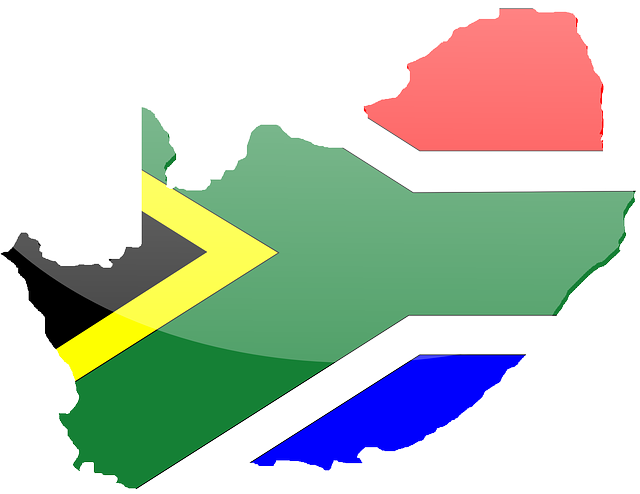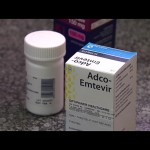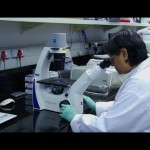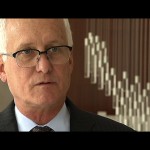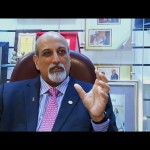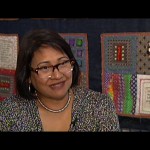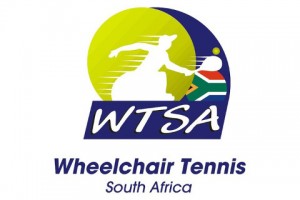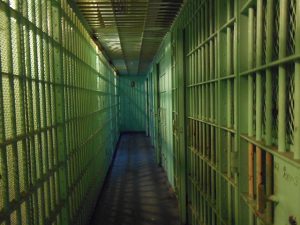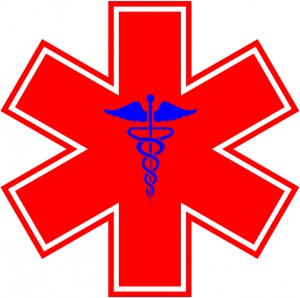One out of five people in the world who have HIV live in this country. Each day there are 1000 new infections in South Africa. If we are to beat the global epidemic, this battle is going to be critical, we have to win the war against HIV right here – Professor Salim Abdool Karim, Director of CAPRISA , University of Kwa-Zulu Natal.
According to a recent report by the Department of Health and the Wits Reproductive Health Institute, in 1991 AIDS had less than a percent prevalence within the South African population, by 1994 it was bubbling under the surface as an epidemic, 4.3 % of the population were HIV positive. By 1998 it had reached pandemic proportions.
By the time Thabo Mbeki became president in 1999, the annual South African antenatal survey measured that almost 25% of all pregnant women in South Africa were HIV positive. According to a report written by a Yale professor, in 2000, former president Thabo Mbeki adopted the views of a minority group of scientists who believed that HIV does not definitively cause AIDS but, is one of many factors responsible for causing AIDS. Mbeki cited extreme poverty and its attendant deprivations as some of the factors that led to AIDS which was symptomatic of a weakened immune system.
The scientists further believed that anti-retroviral drugs were toxic and could lead to AIDS – a factor that contributed to the slow roll-out of ARVs in South Africa.
Activists say that under former President Mbeki, the era of ‘AIDS Denialism’ reached its pinnacle in 2002/3 when almost 1000 were dying every day in South Africa. According to a report written by a group of Harvard scientists, the so-called AIDS denialism cost the lives of over 330,000 people in South Africa whose lives could have been saved.
In 2003, the American senate voted unanimously in favour of PEPFAR – former US President George Bush’s Emergency Plan for AIDS Relief. The programme committed 15 billion U.S. dollars to fight HIV/AIDS over a five-year period in developing countries. This year, PEPFAR is in its twelfth year and has put over 65 billion U.S. dollars into controlling the pandemic in the developing world. South Africa, with the world’s worst HIV-infection rate, is the biggest recipient of PEPFAR funding in the world.
Much progress has been seen since the introduction of PEPFAR, but it was not without controversy in its early years. PEPFAR was criticised for having a conservative Republican agenda and politicising its funding criteria, such as by insisting that only organisations that did not work with sex workers could access PEPFAR funding, despite sex workers being an important population to reach for both treatment and prevention. In addition, in the early days of PEPFAR implementation, large amounts of funding went to religious organisations, many of whom were opposed to the use of condoms which led to ambiguity around condom usage, as a method of preventing HIV / AIDS.
This two-part series produced for World Aids Day, looks at what the impact of PEPFAR has been in South Africa and how South Africa’s HIV/AIDS policy has evolved from the years of the reported ‘Aids Denialism’ to today’s hopeful outlook that the disease will one day be eradicated, looking at the ground-breaking research that scientists are working on.
Watch “Towards an Aids-free Generation” on Special Assignment, SABC 3 at 20h30 on Sunday for part one of this two-part documentary produced by Nadiva Schraibman.
Repeated Wednesdays at 23h30
